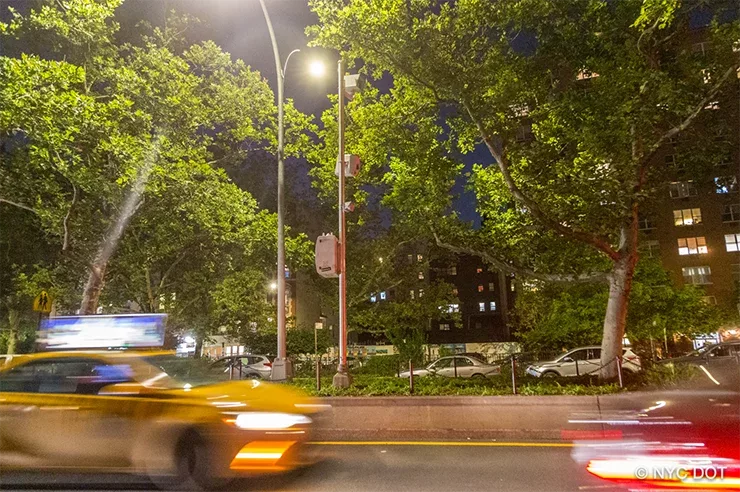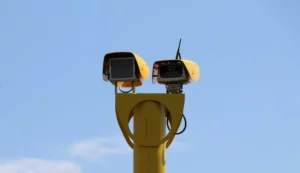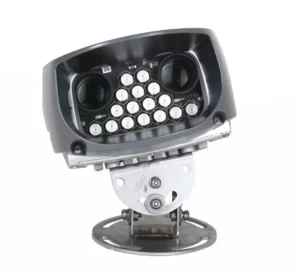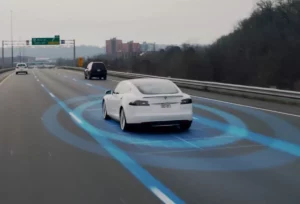A study in New York has found that speeding, injuries, and traffic fatalities declined in areas with speed cameras during the first year of 24/7 enforcement.
The US has been behind the UK in embracing automated enforcement, so the effects of new schemes are analysed carefully there.
NYC Department of Transportation Commissioner Ydanis Rodriguez said speed camera violations dropped an average of 30%, with the most dramatic drop occurring on Houston Street in the East Village, where speeding declined by 96%. In addition to the reduction in speeding, injuries also declined along corridors across the city.
“One year ago we launched 24/7 speed camera enforcement, and the results are in: the program has reduced speeding, decreased the number of injuries, and made our streets safer,” said Mr Rodriguez. “Speeding happens most often on nights and weekends, and expanded enforcement has been a highly effective tool to keep New Yorkers safe.”
Previously, speed cameras were only legally permitted to operate on weekdays between 6am and 10pm.
Speeding dropped the steepest at the following locations*:
- 96 percent on Houston Street (Manhattan)
- 84 percent on Cropsey Avenue (Brooklyn)
- 74 percent on North Conduit Boulevard (Brooklyn)
- 79 percent on Seagirt Boulevard (Queens)
- 83 percent on Union Turnpike (Queens)
- 68 percent on Brucker Boulevard (Bronx)
*Data as of 30 June
Following 24-hour operations, NYC DOT also recorded steep declines in traffic injuries during overnight and weekend hours at camera locations across the city, including a*:
- 45 percent injury reduction on Tremont Avenue (Bronx)
- 33 percent reduction on Kings Highway (Brooklyn)
- 19 percent reduction on Hylan Boulevard (Staten Island)
- 16 percent reduction on Queens Boulevard (Queens)
- 18 percent reduction on Amsterdam Avenue (Manhattan)
*Data as of 31 July
(Picture – NYC Dept of Transportation)



























